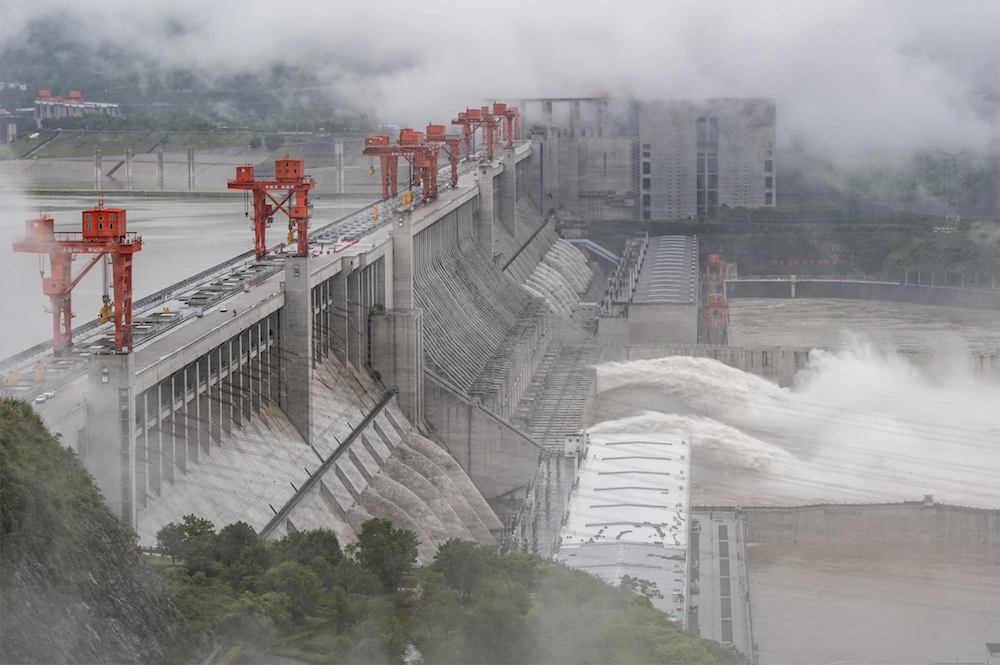Tenzin Nyidon
In response to India’s concerns over the construction of the world’s largest dam on the Yarlung Tsangpo River in Tibet, China has asserted that the project will not negatively impact downstream countries. The river, known as the Brahmaputra in India, flows into Arunachal Pradesh and later Assam before reaching Bangladesh.
“China’s construction of the hydropower project over in the Yarlung Tsangpo River has gone through rigorous scientific verification and will not have any negative impact on the ecological environment, geology, and water resources of the downstream countries,” stated Guo Jiakun, the new spokesperson for China’s Foreign Ministry, during a media briefing in Beijing.
The project, estimated to cost over one trillion yuan (US$137 billion), is set to eclipse the Three Gorges Dam in scale. The Three Gorges project, previously the largest of its kind, cost approximately 254.2 billion yuan.
India’s External Affairs Ministry, in its initial reaction to the proposed dam, voiced concerns about potential downstream impacts. “As a lower riparian state with established user rights to the waters of the river, we have consistently expressed, through expert-level as well as diplomatic channels, our views and concerns to the Chinese side over mega projects on rivers in their territory,” said Randhir Jaiswal, the ministry’s spokesperson, during a January 3 press conference in New Delhi.
“These have been reiterated, along with the need for transparency and consultation with downstream countries, following the latest report,” Jaiswal added. “The Chinese side has been urged to ensure that the interests of downstream states of the Brahmaputra are not harmed by activities in upstream areas.”
On December 27, another Chinese foreign ministry spokesperson, Mao Ning, defended the project, emphasising its focus on clean energy and climate change mitigation. “The project will not negatively affect the lower reaches,” she said. “China will continue to maintain communication with countries at the lower reaches through existing channels and step up cooperation on disaster prevention and relief for the benefit of the people by the river.”
China’s plans for the Yarlung Tsangpo have drawn scrutiny for their potential to control water flow to downstream regions. Critics argue that Beijing’s lack of prior consultation with New Delhi contravenes established norms for transboundary water management. They warn that the dam could lead to artificial flooding or water shortages, impacting millions dependent on the Brahmaputra’s flow. While observers remain skeptical, citing the potential for Beijing to leverage the dam as a geopolitical tool.













